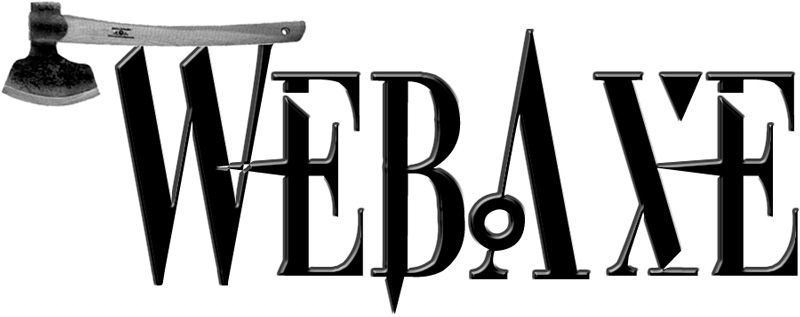Here are some large companies’ accessibility Twitter accounts, and other important related links. Follow for great information. Most of the descriptions are taken from the Twitter bio.
@PayPalinclusive – An official feed from the PayPal Accessibility Team and related initiatives. For account-related issues, contact @AskPayPal. San Jose, California.No longer active.- @msftEnable by Microsoft. Great info and resources at Microsoft accessibility.
- @IBMaccess – Official IBM Accessibility Twitter account. Managed by @timjpowers & @Mac690 and follows the IBM Social Computing Guidelines. San Jose, CA · ibm.com/able
- @GoogleAccess – The official Twitter account for Google’s accessibility team. California, USA · google.com/accessibility/
- @FBaccess – The official Twitter account for the Facebook accessibility team. Please report specific accessibility issues at the Facebook accessibility help center.
- @AdobeAccess - The official Adobe Accessibility account. adobe.com/accessibility
@NokiaAccess – Making mobile devices accessible for all. Dallas, Texas · nokiaaccessibility.com- @w3c_wai – not really a “company” but the owner of WCAG. Nuff said.
- @STCaccess – [Society for Technical Communication] Tweets from the SIG (Karen and Cyn) about accessibility issues for technical communicators, spiced with dashes of usability and other goodies. stc-access.org
- @BBCOuch – blog and radio talk show on the BBC with a focus on disabled people and diverse stories. London · bbc.co.uk/ouch/
- @BarclaysAccess – Barclays Bank UK. Barclays accessibility
- @YahooAccess – closed, very sad. Hopefully will come back one day. Also, the Yahoo accessibility blog appears to be no longer maintained.
And of course, follow me on Twitter at @WebAxe and also on my Web Axe Facebook page.
More
- Accessibility Information Pages Show Commitment to all Site Users by @LFLegal (list of companies’ accessibility info pages).
- HP Accessibility & Aging page.
- BBC My Web My Way – accessibility how-to for users.
- Added: Oracle’s Accessibility Program.
- Added: Fujitsu universal design.
- Accessibility Statement generator by W3C WAI.
Updated November 2018.
